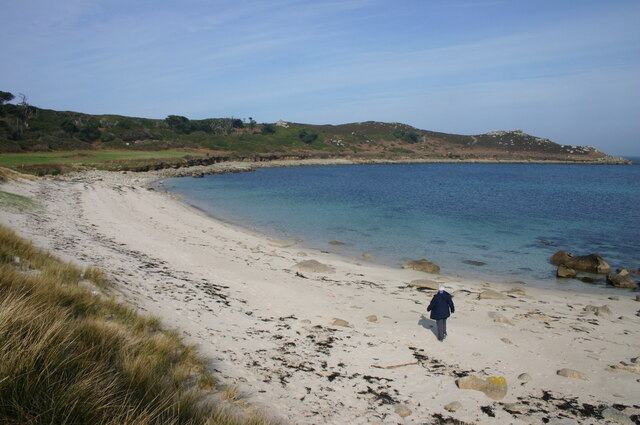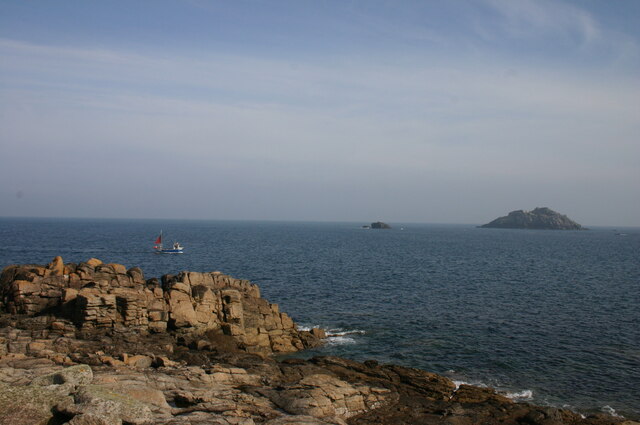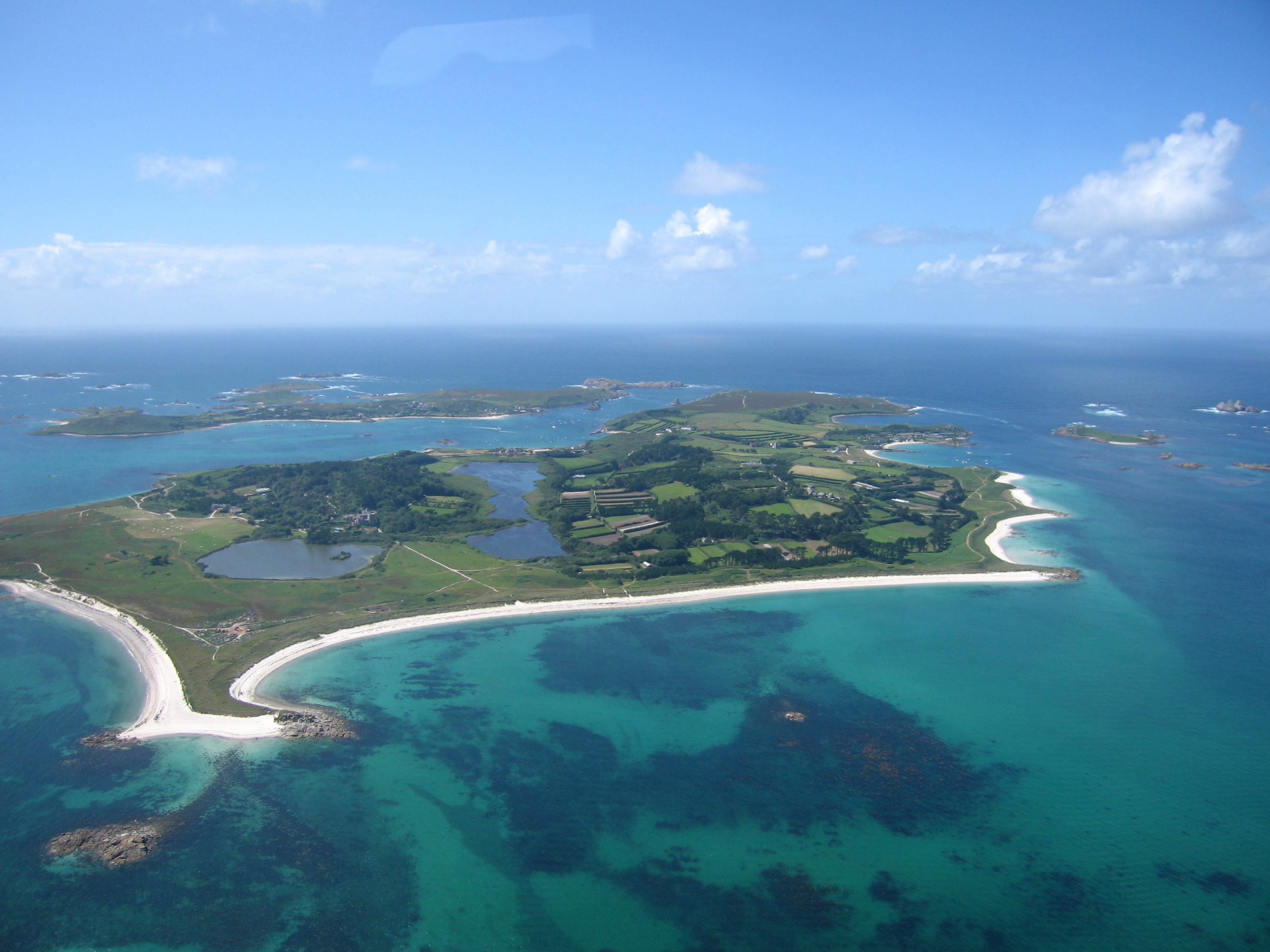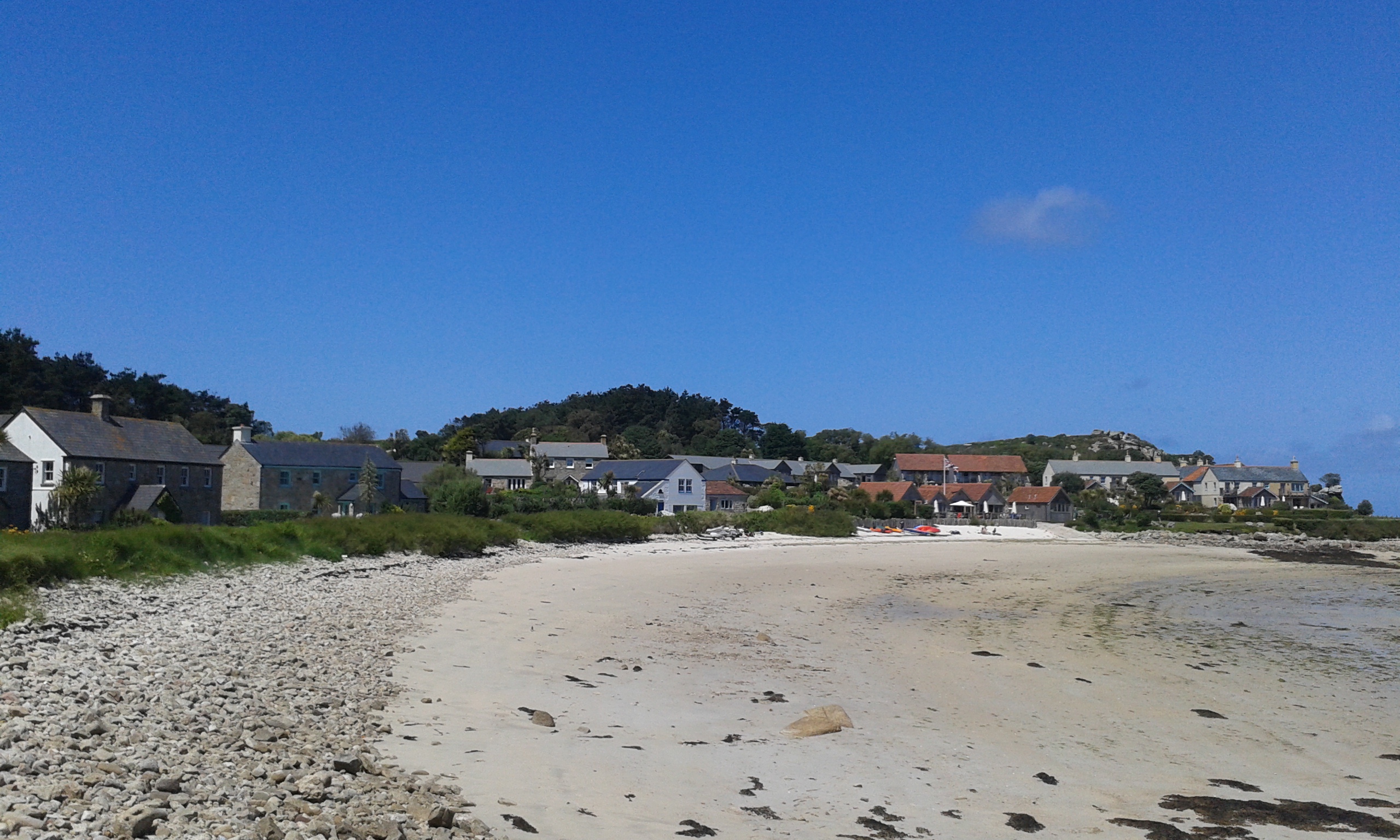Rushy Point
Coastal Marsh, Saltings in Cornwall
England
Rushy Point

Rushy Point is a captivating coastal marsh located in Cornwall, England. Situated within the larger region known as the Saltings, this unique natural area offers a rich and diverse ecosystem that is teeming with life.
Covering an expansive area, Rushy Point is characterized by its extensive marshlands, which are a result of the interplay between freshwater and saltwater. The marsh is intersected by numerous creeks and channels, creating a mosaic of waterways that add to its scenic beauty. These waterways provide a vital habitat for a wide range of plant and animal species, making the area a haven for wildlife enthusiasts and nature lovers.
The vegetation in Rushy Point is primarily composed of saltmarsh plants, such as sea lavender, cordgrass, and samphire. These plants are specially adapted to thrive in the marshy conditions and contribute to the overall biodiversity of the area. The marsh also supports a variety of bird species, including herons, curlews, and redshanks, which can be observed feeding and nesting along the muddy shores.
In addition to its natural splendor, Rushy Point offers visitors a chance to explore its picturesque landscapes through a network of footpaths and trails. These paths meander through the marsh, providing panoramic views of the surrounding coastline and opportunities to spot wildlife up close.
Rushy Point is not only a place of immense natural beauty but also serves as an important conservation area. Its unique ecosystem is carefully protected and managed to ensure the preservation of its biodiversity for future generations to enjoy.
If you have any feedback on the listing, please let us know in the comments section below.
Rushy Point Images
Images are sourced within 2km of 49.956662/-6.3224616 or Grid Reference SV9015. Thanks to Geograph Open Source API. All images are credited.













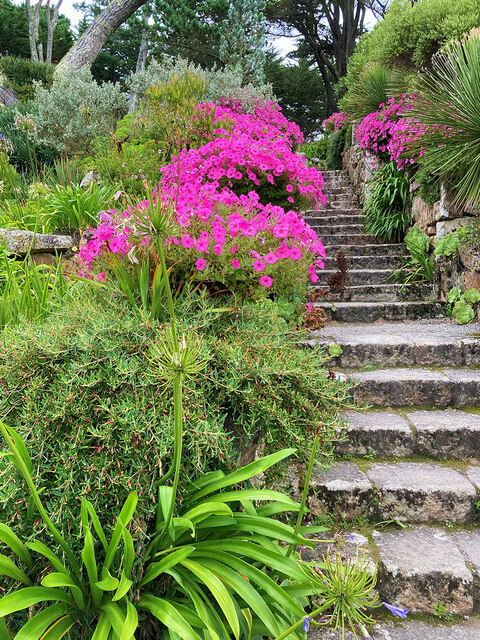
Rushy Point is located at Grid Ref: SV9015 (Lat: 49.956662, Lng: -6.3224616)
Division: Isles of Scilly
Unitary Authority: Isles of Scilly
Police Authority: Devon and Cornwall
What 3 Words
///nylon.plump.validated. Near Tresco, Isles of Scilly
Nearby Locations
Related Wikis
Old Blockhouse
The Old Blockhouse, also known as the Dover Fort, is a 16th-century fortification on the island of Tresco in the Isles of Scilly. It was built between...
Tresco, Isles of Scilly
Tresco (Cornish: Enys Skaw, lit. 'island of elder-trees') is the second-biggest island of the Isles of Scilly. It is 297 ha (1.15 sq mi) in area, measuring...
Old Grimsby
Old Grimsby (Cornish: Enysgrymm Goth) is a coastal settlement on the island of Tresco in the Isles of Scilly, England. It is located on the east side of...
St Nicholas's Church, Tresco
St Nicholas's Church, Tresco, is a parish church in the Church of England located in Tresco, Isles of Scilly, UK. == History == Originally two old cottages...
Nearby Amenities
Located within 500m of 49.956662,-6.3224616Have you been to Rushy Point?
Leave your review of Rushy Point below (or comments, questions and feedback).
